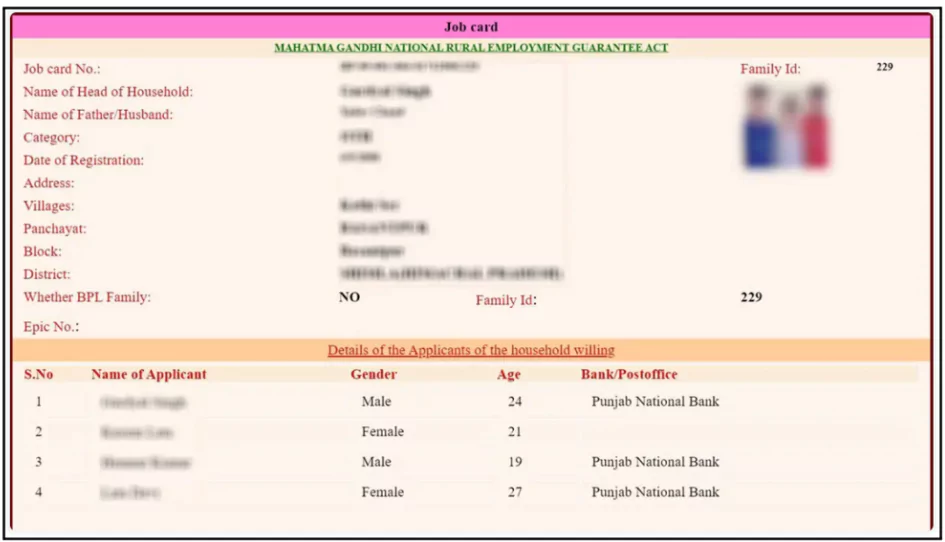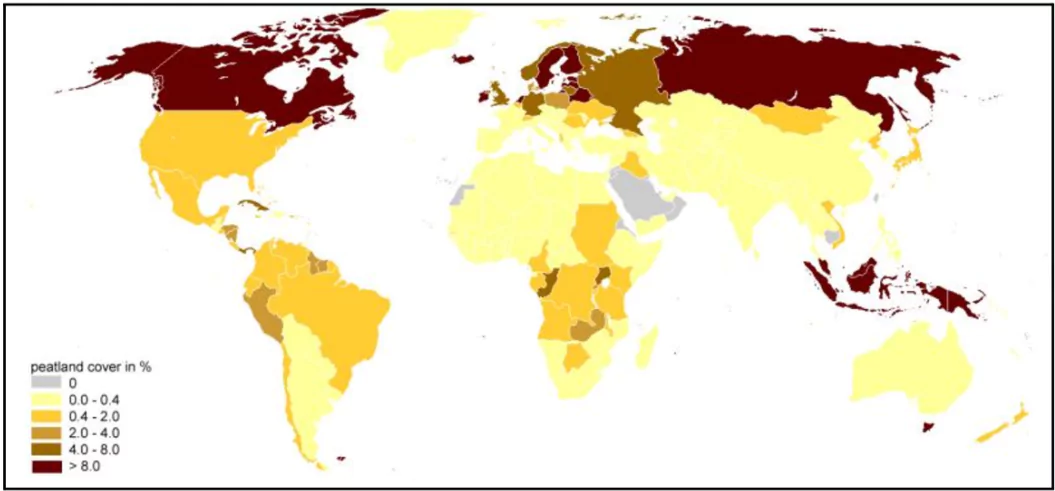The Supreme Court recently took a serious view that the Central Information Commission (CIC), under the Right to Information (RTI) Act, has eight vacancies out of a total eleven sanctioned posts.
Judicial Verdicts:
|
|---|
RTI vs Right to PrivacyThe Right to Information (RTI) and the Right to Privacy are both fundamental rights in India, but they can sometimes conflict.
|
|---|
Central Information Commission (CIC)
About State Information Commission (SIC)
|
|---|
The Official Secrets Act, 1923:
|
|---|
Freedom of Information Laws Globally
|
|---|
The Right to Information Act is a crucial tool for ensuring transparency, accountability, and citizens’ empowerment in governance. However, addressing the challenges of vacancies, delays, procedural inefficiencies, and the protection of RTI activists is essential to fully realize its potential in fostering an open and accountable government.
Sony’s PS5 Pro is not to be launched in India as India has not yet allowed 6GHz wireless band used in IEEE 802.11be (Wi-Fi 7).
Wi-Fi 6E
|
|---|
About Wi-Fi:
|
|---|
The Supreme Court of India recently upheld a Madras High Court judgment denying a Scheduled Caste (SC) certificate to a woman born Christian but claiming to be Hindu for availing reservation benefits in employment.
Key Highlights of 2007 report by Justice Ranganath Mishra Commission for Religious and Linguistic Minorities
|
|---|
Affirmative Actions to Avoid misuse of ConversionGenuine belief: The conversion must be based on a genuine belief in the new religion, not solely for the purpose of availing reservation benefits. Substantial evidence of reconversion: If an individual reconverts to their original religion to claim reservation benefits, they must provide substantial evidence of their reconversion, such as public declarations, religious ceremonies, or documentation. Acceptance by the original caste community: The individual must be accepted back into their original caste community after reconversion. Preservation of caste identity: Conversion to another religion generally severs the individual’s caste identity. To claim reservation benefits, they must provide evidence of their continued association with their original caste. |
|---|
Patients of Sjögren’s Disease in India are struggling with diagnosis and challenges of managing symptoms.
The Lower House’s functioning was adjourned for the day on the second day of the Winter Session, following protests by Opposition members.
The past few years have witnessed a dramatic increase in the number of workers being deleted from MGNREGA job cards.

MGNREGA and the Right to Work as a Step Towards DPSP
|
|---|
A High-Level Committee (HLC), chaired by the Union Home Minister has sanctioned Rs. 1115.67 crore for disaster mitigation and capacity-building projects in India.
Beneficiary States and Allocations
|
|---|

| Project Name | Outlay (Rs. Crore) | Scope/Details |
| Urban Flood Risk Mitigation Projects | 3075.65 | Implemented in seven cities namely Hyderabad, Mumbai, Chennai, Kolkata, Bengaluru, Ahmedabad and Puneto address urban flooding issues. |
| Glacial Lake Outburst Flood (GLOF) Risk Management | 150 | Implemented in four states; Himachal Pradesh, Uttarakhand, Sikkim and Arunachal Pradesh prone to GLOF risks. |
Recently, the Global Peatland Hotspot Atlas (GPHA), 2024 has been published by the UNEP.

| Type of Peatland | Description | Key Locations Around the World |
| Mires | Actively accumulating peat, typically in wetlands. | Canada, Russia, Scandinavia, Indonesia, and the Amazon Basin. |
| Bogs (Ombrogenous Mires) | Raised peatlands receiving water only from precipitation, nutrient-poor and acidic. | Northern Europe (Ireland, Scotland, Finland), Canada, Russia, and parts of the Northeastern United States. |
| Fens (Geogenous Mires) | Peatlands in depressions, fed by mineral-rich water, less acidic than bogs. | Central Europe (Germany, Poland), the Great Lakes region (USA and Canada), and the Western Siberian Plain. |
| Soligenous Fens | Receive water from both precipitation and surface runoff, often rich in nutrients. | Central Europe, the Alps, and Eastern Canada. |
| Lithogenous Fens | Receive water from precipitation and deep groundwater, forming in valleys or basins. | Himalayan foothills, New Zealand, and temperate regions of South America (Patagonia). |
| Histosols | Peatland soils with high organic carbon content (12-18%) and a minimum thickness of 40 cm. | Tropical peatlands (Indonesia, Malaysia), Boreal peatlands (Russia, Canada), and temperate regions (Scotland, Ireland). |
| Aspect | Peatlands | Wetlands |
| Definition | Peatlands are a specific type of wetland characterized by the accumulation of peat (partially decayed organic matter). | Wetlands are ecosystems where the land is saturated with water either permanently or seasonally, supporting aquatic vegetation. |
| Soil Composition | Composed primarily of organic soils rich in carbon (peat), with at least 40 cm of organic material. | Can have mineral or organic soils, often less carbon-rich compared to peatlands. |
| Primary Functions | Act as major carbon sinks, storing vast amounts of organic carbon. | Provide diverse ecological functions like water filtration, flood regulation, and habitat for a variety of species. |
| Global Distribution | Found in cooler climates, such as boreal and tropical regions (e.g., Canada, Indonesia). | Distributed globally, in both tropical and temperate regions, including marshes, swamps, and mangroves. |
A study published in Geophysical Research Letters reveals that excessive groundwater extraction has caused a significant shift in Earth’s rotational pole.
Groundwater
|
|---|
This article sheds light on the concept of dark tourism, where people visit sites associated with death, suffering, and tragedy.
 This tourism includes sites such as cemeteries, disaster zones, battlefields, memorials, prisons, military attacks, war zones, execution sites, and crime scenes.
This tourism includes sites such as cemeteries, disaster zones, battlefields, memorials, prisons, military attacks, war zones, execution sites, and crime scenes.
Context: A Siberian Demoiselle crane named Sukpak has set a new distance record for migratory birds arriving in Rajasthan, India.
Context: India along with the member states of the World Intellectual Property Organization (WIPO) has adopted the Design Law Treaty (DLT)
Context: Four battalions of the Army’s Mechanised Infantry are presented with the President’s Colours by Army Chief General during a ceremony at the Mechanised Infantry Centre and School at Ahilya Nagar.
Context: Recently a Project Implementation Agreement (PIA) was signed between the Ministry of External Affairs (MEA) and International Solar Alliance (ISA) to execute solar projects in four Indo-Pacific countries.
Context: The tiny Red-breasted Flycatcher, measuring just 12 cm, has captured the attention of birdwatchers at Ameenpur Lake in Hyderabad.
<div class="new-fform">
</div>